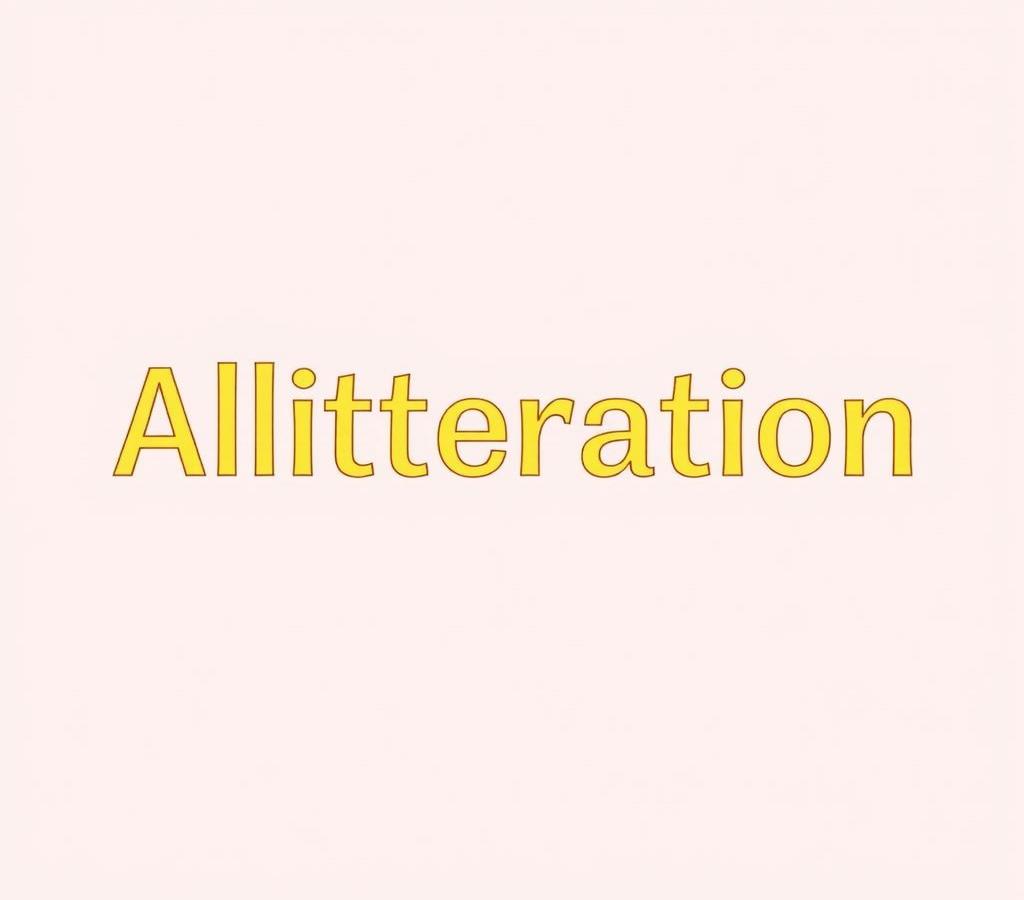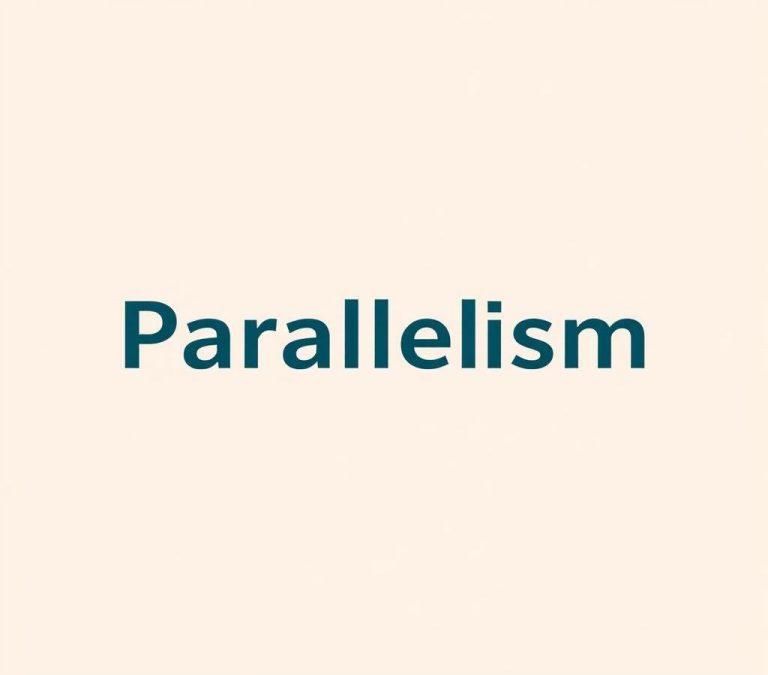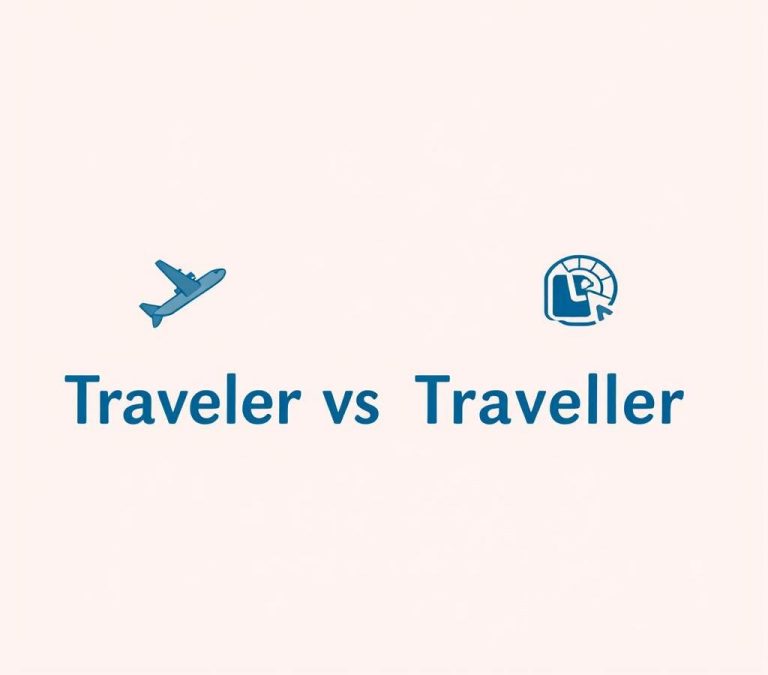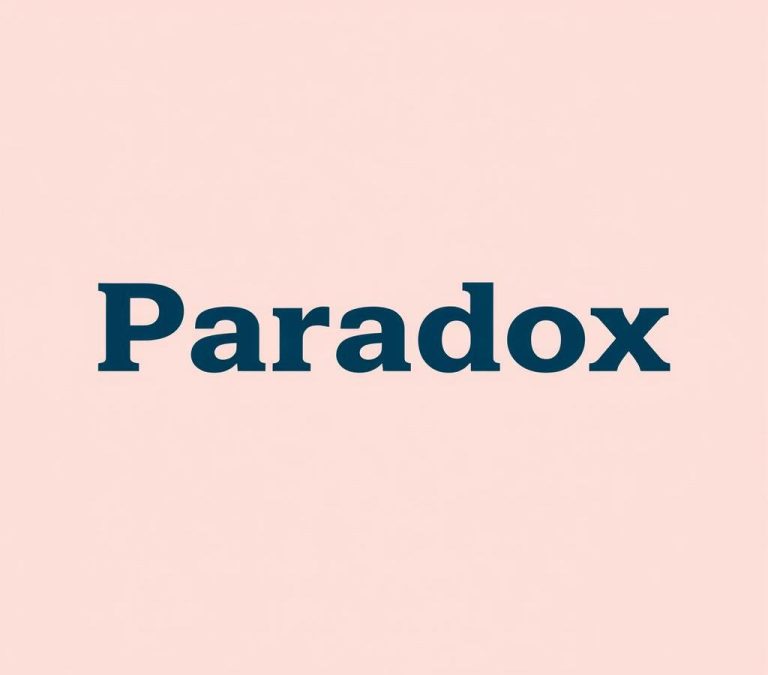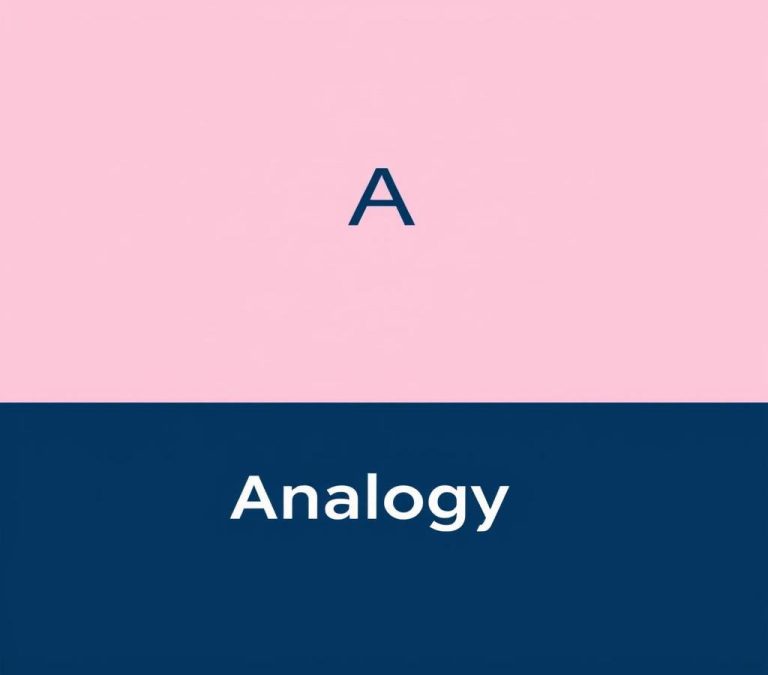Alliteration vs Consonance: Grammar Usage & Technique
Alliteration and consonance are powerful tools in writing that add rhythm and harmony to text. Though they both involve the repetition of sounds, they serve slightly different purposes. Alliteration focuses on the repetition of initial consonant sounds in adjacent or closely connected words. On the other hand, consonance emphasizes the repetition of consonant sounds, which can appear at the beginning, middle, or end of words. Understanding the nuances between these devices can enhance your writing, whether it’s poetry, prose, or marketing content. This article will guide you in choosing the right device for your needs.
Quick Answer
Alliteration and consonance are both literary devices that create repetition in sounds. The key difference lies in the type of sound repeated: alliteration involves the repetition of initial consonant sounds (e.g., “sweet silver slippers”), while consonance involves the repetition of consonant sounds within words (e.g., “lucky ducky”). Choose alliteration for emphasis on the beginning of words, and consonance for a more subtle, internal sound effect.
Why There is Confusion
When diving into the world of literary devices, it’s common for writers and readers alike to encounter terms that seem similar but have distinct meanings. Alliteration and consonance are two such terms that often cause confusion. Both involve the repetition of sounds in language, and this similarity in their definitions often leads to misunderstanding. The confusion primarily arises due to a lack of clarity about the specific aspects of sound repetition each device focuses on, as well as their effects on the reader. Understanding the fundamental differences between alliteration and consonance is essential to choosing the right device for your writing.
What is Alliteration?
Alliteration is a literary device where the same consonant sound is repeated at the beginning of closely connected words. It’s a key tool used in poetry and prose to create rhythm, mood, and a flow within a text. Alliteration doesn’t just apply to letters, but to the initial sounds they represent. For example, the phrase “Peter Piper picked a peck of pickled peppers” is alliterative because the ‘p’ sound is repeated at the beginning of multiple words.
Alliteration can also include more subtle examples, such as “whispering winds,” where the focus is more on the repeated sound rather than the letter itself. The purpose of alliteration is not only artistic but also functional, as it can draw attention to specific parts of the text, add emphasis, or improve memorability.
What is Consonance?
Consonance, on the other hand, is the repetition of consonant sounds within or at the end of words that are in close proximity to one another. Unlike alliteration, consonance is broader in its application, as it does not restrict itself to initial sounds. For example, in the phrase “The lumpy, bumpy road,” the repeated ‘mp’ sound in ‘lumpy’ and ‘bumpy’ shows consonance.
Consonance is often used to create a musical effect in language. By repeating consonant sounds, writers can add rhythm and internal harmony to their sentences and stanzas. It serves as a fundamental tool in enhancing the aesthetic quality of a piece of writing, contributing to its texture and mood.
Differences between Alliteration and Consonance
To effectively utilize alliteration and consonance, it’s crucial to understand how they differ:
Differences in Parts of Speech
Alliteration usually focuses on the beginning sounds of words, often impacting nouns, verbs, or adjectives that are placed consecutively. Its main focus is on the initial position of the sound in the word structure. Consonance, however, can apply to any part of a word, whether beginning, middle, or end, and it can spread across all kinds of parts of speech, including adverbs and conjunctions.
Differences in Sound Repetition
While alliteration restricts its repetition to the initial sounds of words, consonance can occur anywhere in the word, providing more freedom and flexibility to the writer. For instance, in “A knapsack packed with books,” the repeating ‘k’ sound is an example of alliteration. However, in “The ship has sailed to the far off shores,” the recurring ‘sh’ sound in different positions within the words is an example of consonance.
Differences in Effect on the Reader
Alliteration often creates a catchy, playful, and rhythmic effect, which is why it is frequently used in tongue twisters, nursery rhymes, and slogans. It adds emphasis and can make certain lines more memorable. Consonance evokes a subtler effect, enhancing the musical quality and mood of a text without drawing as much attention to the repetition itself. It often aids in the lyrical quality of poetry and prose by adding coherence and a harmonious flow.
Synonyms for Alliteration and Consonance
The study and use of synonyms in writing enriches the text and clarifies meaning, especially regarding literary devices:
- Alliteration Synonyms: head rhyme, initial rhyme, front rhyme.
- Consonance Synonyms: harmony, resonance, consonant rhyme.
Examples of Alliteration and Consonance in Use
To further illustrate, here are some practical examples in a literary context:
- Alliteration:
- “The furrow followed free” – from Samuel Taylor Coleridge’s “The Rime of the Ancient Mariner” where the repetition of the ‘f’ sound adds to the fluid motion of the phrase.
- “Sweet birds sang softly” – uses the ‘s’ sound to create a calming and serene mood.
- Consonance:
- “The early bird catches the worm” – where the ‘r’ sound is repeated within and at the end of words.
- “Blank and think” – repetition of the ‘nk’ sound is found within and at the end of these words, contributing to a steady, flowing rhythm in the phrase.
Conclusion: Picking the Right Device for Your Writing
When it comes to picking the right literary device, understanding the purpose and impact of alliteration and consonance is crucial. If your desire is to emphasize a certain sound, create a rhythmic cadence, or make a phrase particularly memorable, alliteration might be your tool of choice. Its tendency to capture attention and make phrases catchy makes it great for slogans, branding, and poetry.
Consonance, being less overt, can weave subtle layers of sound into your writing to create mood and musicality without overt emphasis. Its adaptability makes it suitable for lyric poetry and prose where a gentle sonic effect is desired.
Ultimately, the choice between alliteration and consonance lies in your intended impact and the texture you desire for your writing. By appreciating their differences and unique contributions, you can wield these devices more skillfully and enhance the expressiveness of your language.

